No products in the cart.
Hair Care Guide
What Color Can I Put Over Purple Hair?
Fed up with your current purple hair? Click to answer “What color can I put over purple hair?” with expert advice from Jen Hair.
Wondering what color can I put over purple hair? Purple hair is a bold statement, but sometimes it’s time for a change. But unlike other colors, purple can be stubborn to remove. This guide, brought to you by Jen Hair, is your secret weapon for ditching the purple and achieving your dream hair color.”
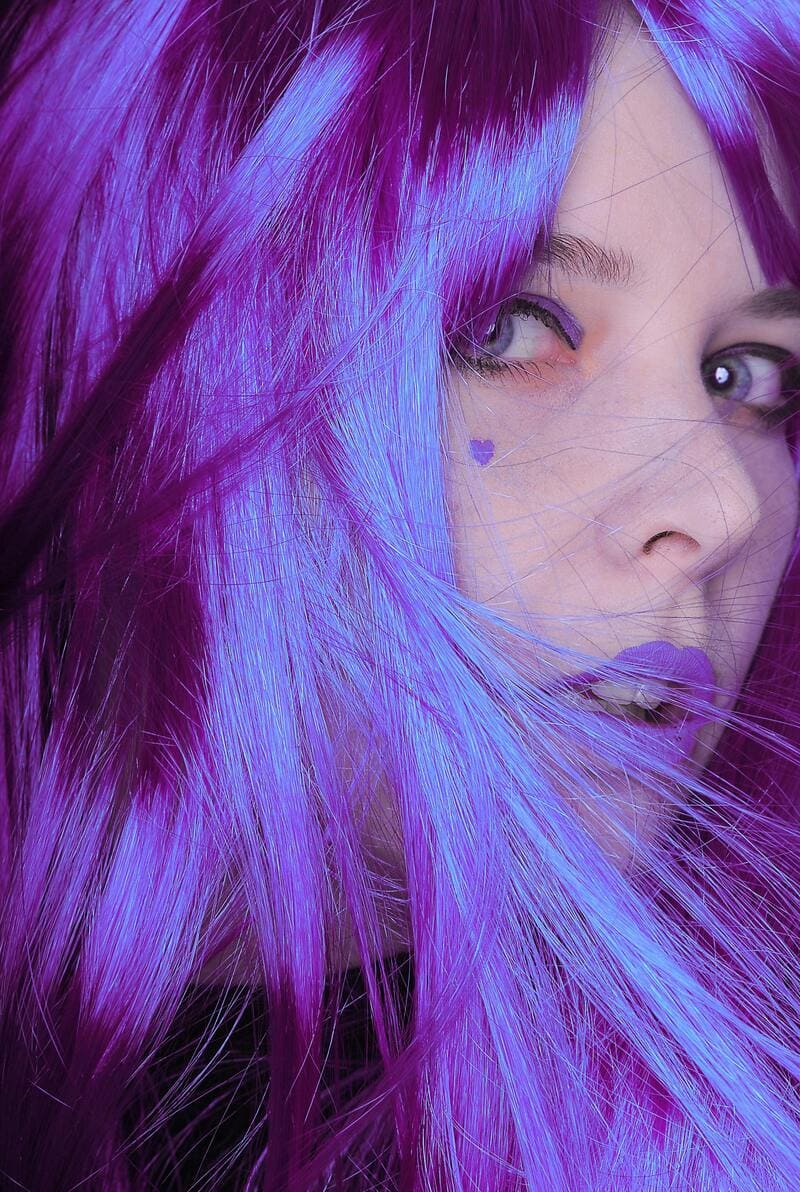
What Is Hair Color Correction?
Hair color correction is fixing an unwanted hair color outcome, achieved by strategically applying a new color. This can be due to a DIY dye job gone wrong, a previous salon coloring session that didn’t achieve the desired result, or natural color fading unevenly.
Here’s what hair color correction can address:
- Uneven Color: This can be blotchy patches of different shades or faded highlights contrasting with darker roots. Color correction evens out the hair color for a uniform look.
- Unwanted Tones: Brassiness in blonde hair or a greenish tinge after brunette coloring are common examples. Color correction uses toners or dyes to neutralize these unwanted tones.
- Color Too Light/Dark: Maybe you went blonder than intended, or the new brunette shade is too dark. Color correction can lighten hair further (with limitations to prevent damage) or add dimension with darker tones.
A professional colorist can assess your hair and recommend a multi-step correction process. This might involve using a color remover to partially remove the purple, followed by a toner or dye to achieve the desired final shade.
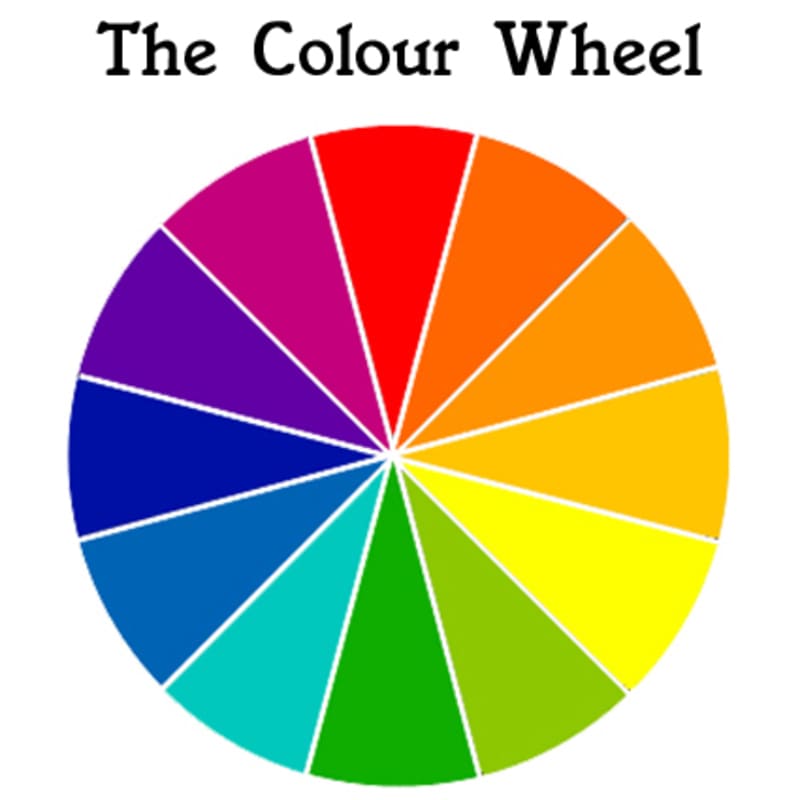
Applying the Color Wheel to Hair Color Correction
Understanding the color wheel is crucial for effective hair color correction. It’s a visual tool that illustrates the relationships between colors and aids in predicting how different tones interact. The wheel typically showcases primary (red, yellow, blue), secondary (green, orange, purple), and tertiary colors (combinations of primary and secondary). Complementary colors, located opposite each other on the wheel, neutralize one another when combined. This principle guides colorists in selecting the right hues to counteract unwanted tones in hair dye, ensuring successful color correction results.
Color Correction with the Wheel:
- Identify the Unwanted Tone: Analyze your hair color and pinpoint the unwanted tone you want to neutralize. Is it brassiness (orange/yellow), redness, or ashiness (blue/green)?
- Find the Complementary Color: Locate the complementary color directly opposite the unwanted tone on the wheel. This is the color that will neutralize it.
For example, to neutralize brassiness (orange/yellow), use a toner with a violet hue (complementary to orange).
- To reduce redness, use green-based colors.
- A touch of gold (red/yellow) can help combat ashiness.
What Makes Removing Purple Hair Dye Challenging?
Purple hair dye poses a removal challenge due to its blend of resilient red and blue pigments penetrating deeply into the hair shaft. These dyes are formulated for long-lasting vibrancy, resisting fading even with repeated washing. Hair porosity and application quality also affect removal difficulty. Despite these challenges, it’s possible to successfully transition from purple to new hair color with patience and proper products.
What Color Can I Put Over Purple Hair
When considering what color to put over purple hair, it’s crucial to understand color theory and how different hues interact. The choice largely depends on the current shade of purple and the desired outcome.
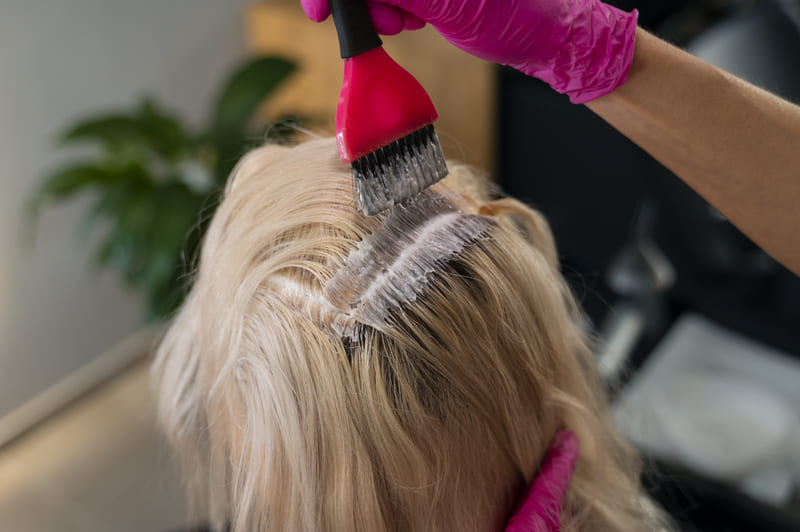
- Blue: As the complementary color to purple on the color wheel, blue can effectively neutralize some purple tones. When layered over purple hair, blue can create cooler, more balanced shades, which is especially beneficial for those seeking to tone down overly vibrant purple hues.
- Red: Layering red over purple hair can produce rich, multidimensional colors. Depending on the specific shades, this combination can produce deep, intense hues or subtle, nuanced tones. However, it’s essential to consider the undertones of both colors to avoid clashing or unintended color shifts.
- Brown: Brown is a versatile option for covering purple hair, particularly for those looking to achieve more natural-looking results. When applied over purple, brown can create warmer, earthy tones, seamlessly transitioning from bold purple to a more subdued color palette.
- Yellow: Yellow, another complementary color to purple, can help counteract and neutralize purple pigments. Layering yellow over purple hair can result in unique, vibrant shades, particularly effective when working with lighter purple bases. It’s crucial to note that the final color outcome may vary based on the intensity of both colors and the hair’s underlying condition.
- Orange: Like red, orange can create warm, fiery hues when layered over purple hair. This combination can yield striking results, ranging from sunset-inspired shades to fiery copper tones. However, it’s essential to carefully assess the undertones of each color to ensure harmonious blending and prevent color clashes.
FAQs
What Happens If You Mix Brown And Purple Hair Dye
Combining brown and purple dyes can yield interesting results, but achieving a specific shade at home can be challenging. The outcome depends heavily on the chosen brown and purple depths. Lighter browns with dark purples might create a cool-toned brown with a subtle purple shimmer. Conversely, deeper shades of both could result in a very dark, almost black hue.
For a predictable and controlled color, we highly recommend consulting a professional. We can create a custom blend tailored to your desired outcome and ensure even application for a flawless result.
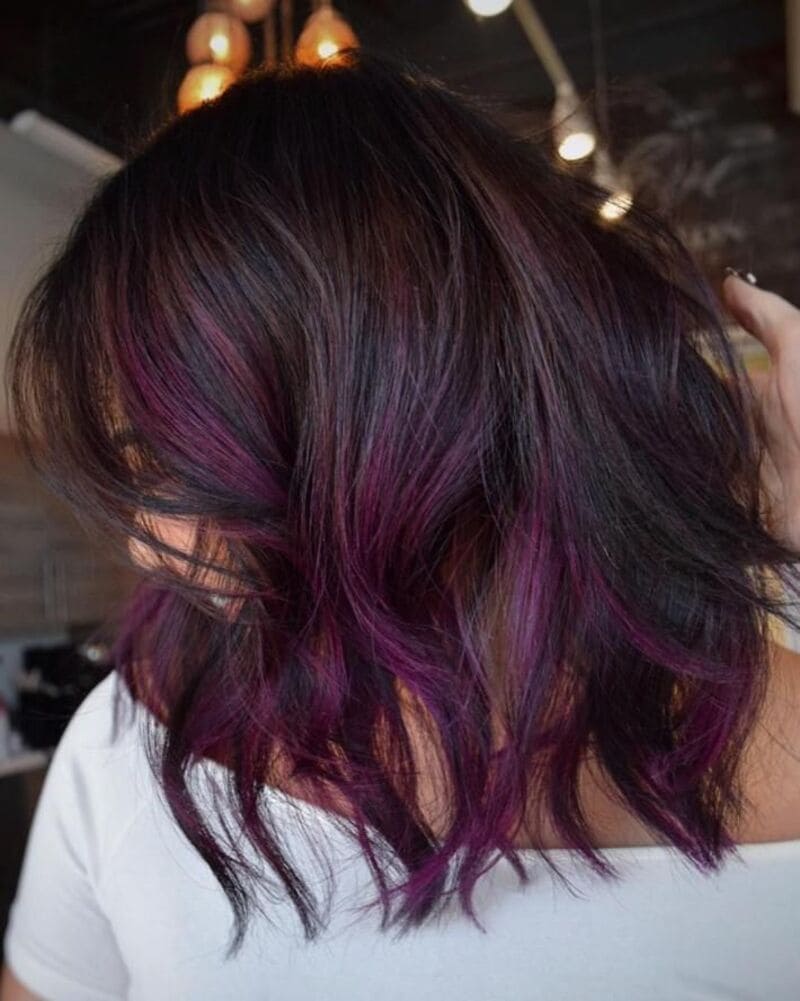
How To Get Rid Of Purple Hair?
Eliminating vibrant purple hair requires a strategic approach. The best method depends on the color intensity and your hair’s condition. For stubborn purples, a salon visit is the safest and most effective option. We utilize specialized products to gently remove some artificial color, leaving a clean canvas for your next color adventure.
Some ways you could try:
- Bleaching: While bleach lightens hair significantly, it can be damaging and might leave a faint purple tinge, particularly on previously bleached strands.
- Color Removers: These offer a less harsh alternative to bleach, removing some artificial color with minimal impact on natural pigments.
What Occurs If You Layer Pink Over Purple?
Layering pink dye over purple hair can produce intriguing results, but the outcome depends on the specific shades involved:
- Light Pink Over Dark Purple: This might create a muted pink with a hint of purple peeking through.
- Bright Pink Over Light Purple: This could result in a vibrant pink with a cooler undertone influenced by the leftover purple.
Final Thoughts
Armed with knowledge about color theory and expert guidance from Jen Hair, you’re ready to embark on your hair color journey. Achieve your dream hair color effortlessly, knowing you have the tools and expertise to navigate any color correction challenges. Get started today—contact Jen Hair for a consultation!
Reccomendations:
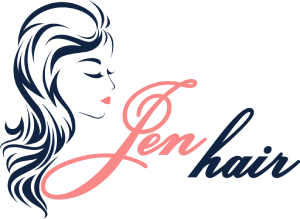
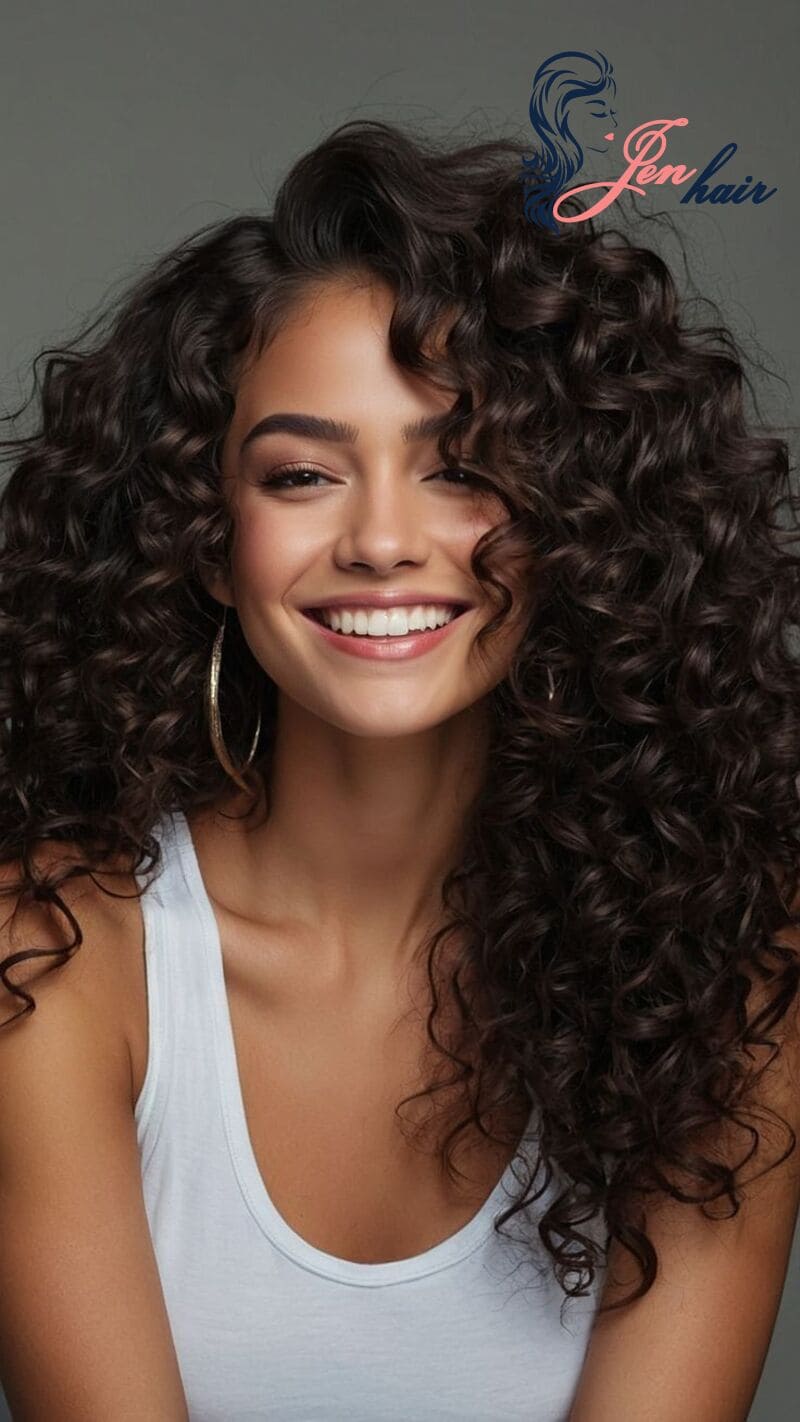 Everything You Need To Know About Bundle Weave Hair
Everything You Need To Know About Bundle Weave Hair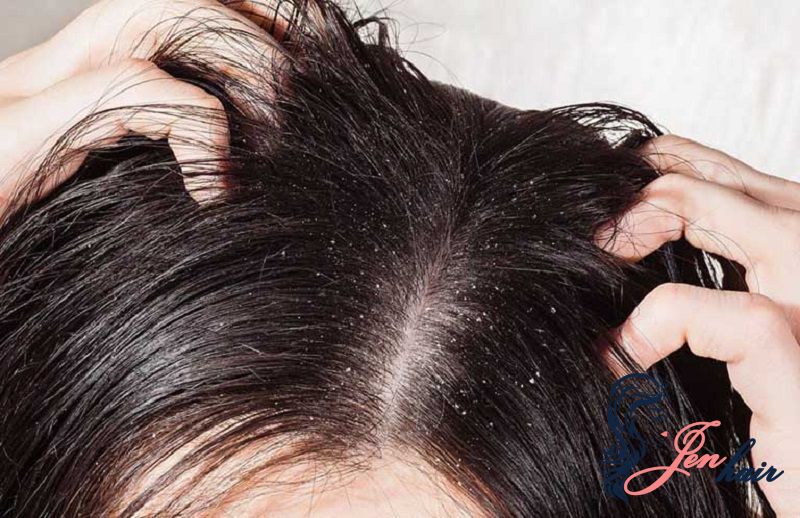 The Ultimate to Damp Hair: Care, Risks, and Best Practices
The Ultimate to Damp Hair: Care, Risks, and Best Practices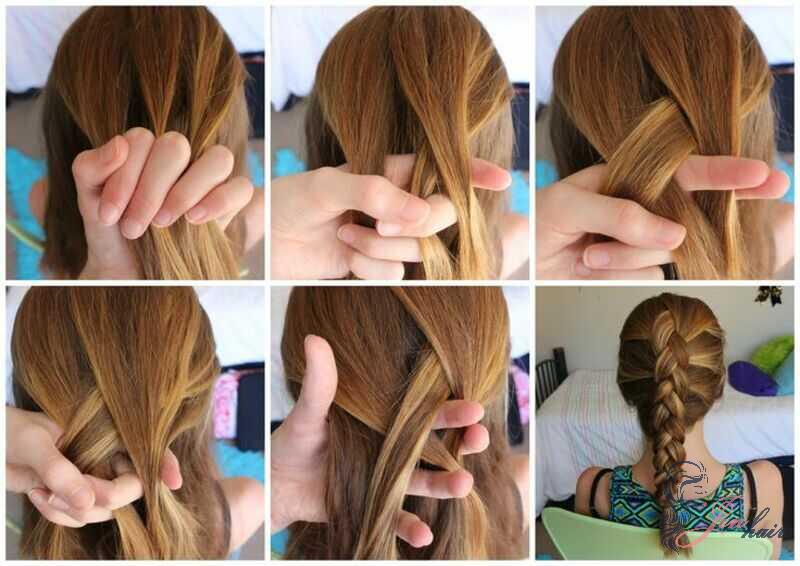 Ponytail With Braids On The Side: Ways To Show Your Personality
Ponytail With Braids On The Side: Ways To Show Your Personality
